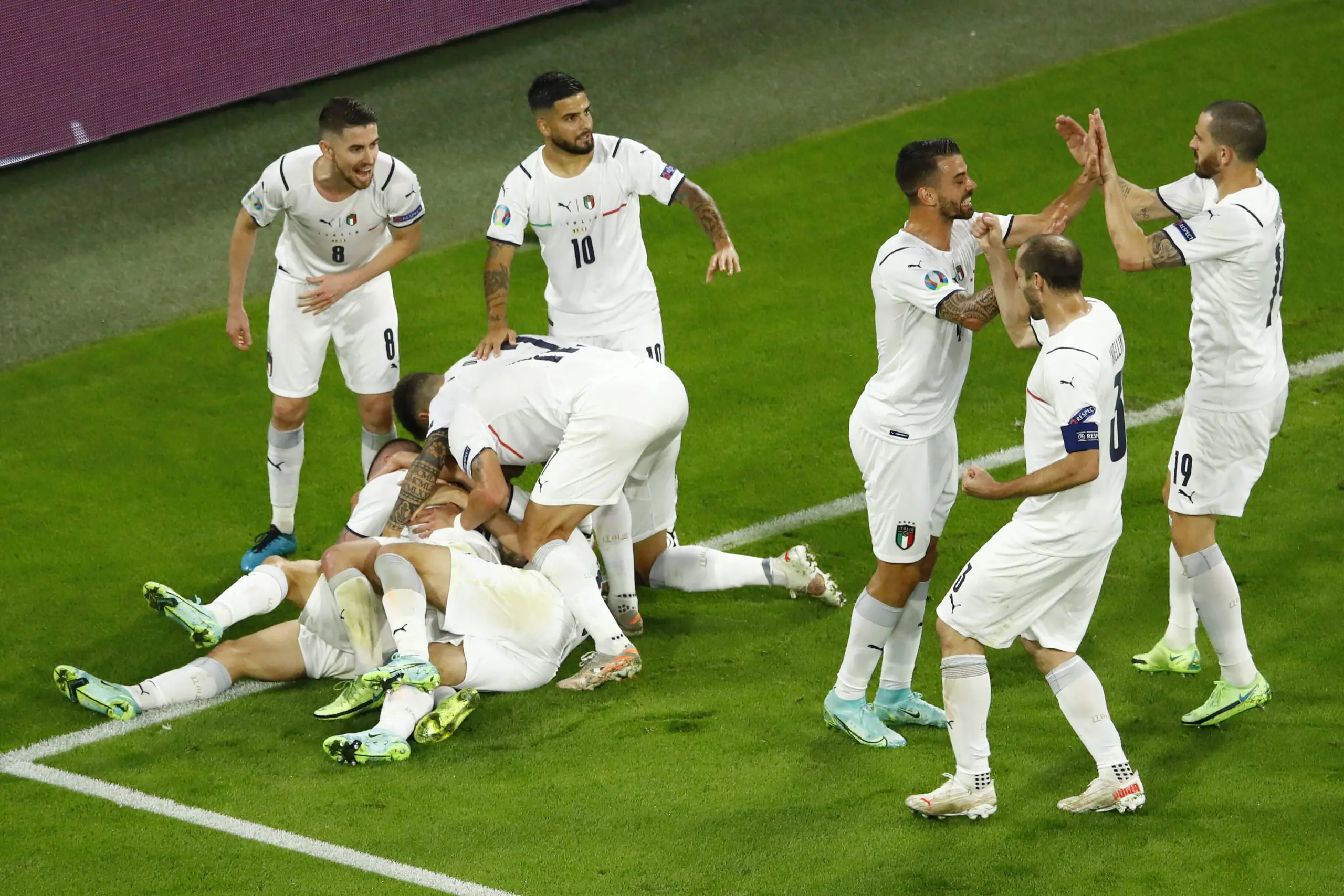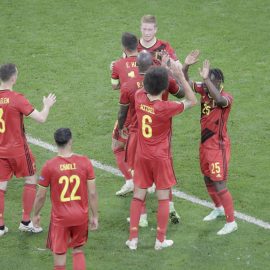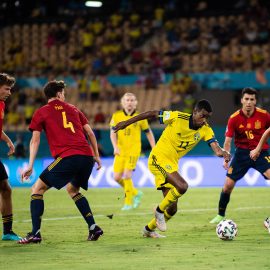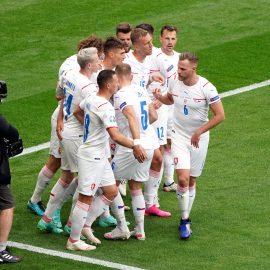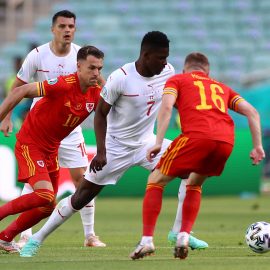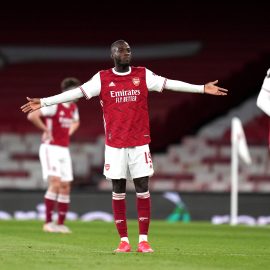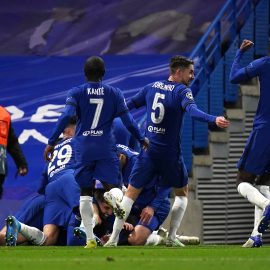Recently, there has been some criticism on the site about the state of soccer in the United States. However, I feel that this is not true, and because of that, I have decided to refute these claims based on the just finished 3-0 win in Poland.
US Soccer has taken great strides in past decade and the current upward trend can be traced back to the 2006 World Cup when Bob Bradley was appointed manager, first on an interim basis, and then permanently. Bradley’s appointment is strikingly similar to Bruce Arena’s: they both coached at MLS clubs (Bradley with Chivas USA and Arena with DC United) prior to answering the call of duty for the national team. If anybody needs reminding how Arena’s eight years in charge of the MNT panned out, we’ll review his numbers, and the numbers of his two predecessors:
Years Manager W — D — L Win percentage
1991-95 Bora Milutinovic 30 — 35 — 31 47.4%
1995-98 Steve Sampson 26 — 14 — 22 53.2%
1998-2006 Bruce Arena 72 — 29 — 30 66.0%
So Bruce Arena won thirteen percent more of his matches than Sampson did, and a whopping nineteen percent more than Milutinovic did.
The US friendly in Poland is an excellent example of the long way US Soccer has come in recent times under Bob Bradley, forging our own identity of being a physically superior team to many nations, having a tactical awareness that has finally caught up with our fitness levels, and also featuring our numerous and talented European-based players.
Fitness

The US National Team’s fitness prowess can be summed up in three categories, with an exemplary player to go with each:
- Speed: Fulham forward Eddie Johnson uses his advanced speed to get through defensive lines and score goals in crowded areas.
- Athleticism: Goalkeeper Tim Howard can spring into the upper corners of the goal to make saves from all angles.
- Strength: Mammoth defender Oguchi Onyewu frequently outworks and out-muscles players to clear balls out of the back, and score goals coming up on set pieces as well.
As a team against Poland, the US would win possession in the midfield using strength and speed, and quickly counter-attack to cause problems for the Polish defense and goalkeeper Artur Boruc. While in possession, the team used its agility and strength to hold the ball up and keep it from the Poles (ranked 24th in the FIFA World Rankings), and mixed the physical play with quick one and two touch passing combinations through the middle of the field.
Tactical Awareness
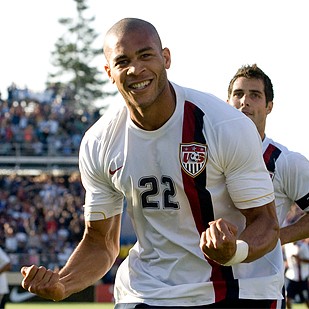
Landon Donovan’s service on a wide free kick and a corner kick in the first half produced two similar results: Carlos Bocanegra (first goal) and Onyewu (second goal) out-muscled their markers to win free headers at the near post area, then directed the ball powerfully past Celtic’s goalkeeper Artur Boruc.
The third goal was a screaming free kick from twenty yards out, on the right side of the eighteen yard box. Eddie Lewis directed the ball over the Polish wall with his left foot, dipping down into the side netting past Boruc. Later, he had another dangerous service from out wide which Jay DeMerit nearly finished for a fourth US goal.
On the other side, the defensive shape was always compact, playing an effective flat back four. All corners and free kicks were cleared promptly and correctly by a variety of defenders. Those four defensive spots — occupied by Bocanegra, Onyewu, Steve Cherundolo, and Heath Pearce to start with, with DeMerit, Benny Feilhaber, and Jonathan Spector coming in as substitutes — were always played in a very physical nature, especially in the middle, but never in a thuggish or dirty manner.
Finally, we have our more skillful players, just like any other national team in the world. Brian Ching holds the ball up and plays the target forward role for Johnson, who runs off of him. Clint Dempsey distributes the ball smartly through the midfield after winning possession. Landon Donovan and Eddie Lewis provide the service from set pieces into dangerous positions.
European Based Players

However, for the Poland match, Bradley selected eighteen players who have been capped before — Jay DeMerit (7) and Marcus Hahnemann (7) are the only players who are still in single digits — and only three of which are based in the MLS: Landon Donovan (LA Galaxy), Ricardo Clark, and Brian Ching (both with Houston Dynamo).
This is a pretty good indication of the team that should be selected for World Cup Qualifying, starting in June. The team shows signs of good cohesion: possessing the ball effectively and having an understanding of each other and the team’s strengths and weaknesses.
Moving On Up
Since Bob Bradley has taken over the US Men’s National Team, our record in Europe has improved. Since the time after our tragic World Cup performance in 2006, we have beaten Switzerland and Poland, and we look forward to playing at Wembley Stadium and in Spain this summer.
The key to our success is having a full strength squad at the disposal of manager Bob Bradley. To keep improving and moving up in the world rankings, the US needs to continue the trend of winning in Europe, schedule as many friendlies as possible on the continent, and keep the balance in the squad between experience and youth, because without it, the team will fizzle out as players retire from international competition.
All together, in 2007 and 2008, the team will have played twenty-three matches, competed in two major international tournaments, won the CONCACAF Gold Cup, and played four teams in the top ten in the world before beginning our quest for the 2010 World Cup with qualifying in June.
I am optimistic about the future, and there is no reason not to be.
Add Sportslens to your Google News Feed!
